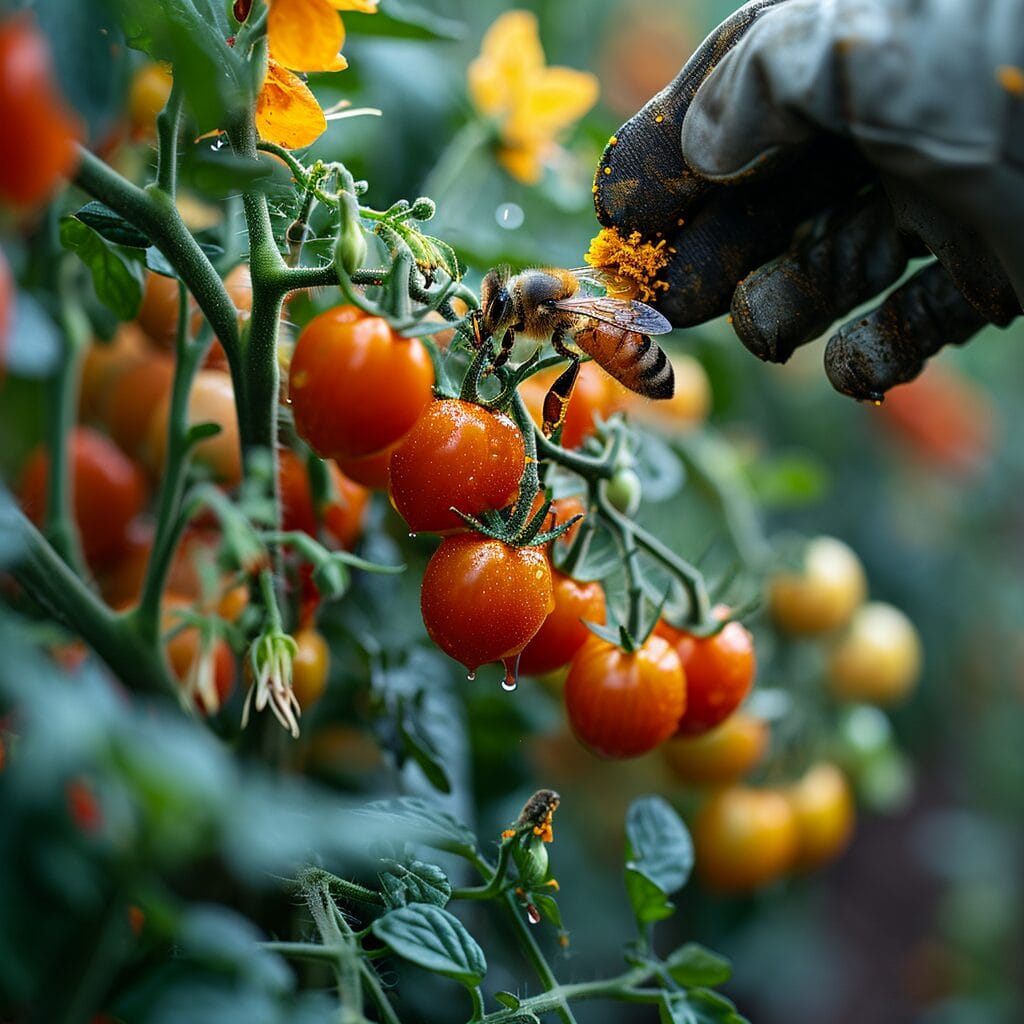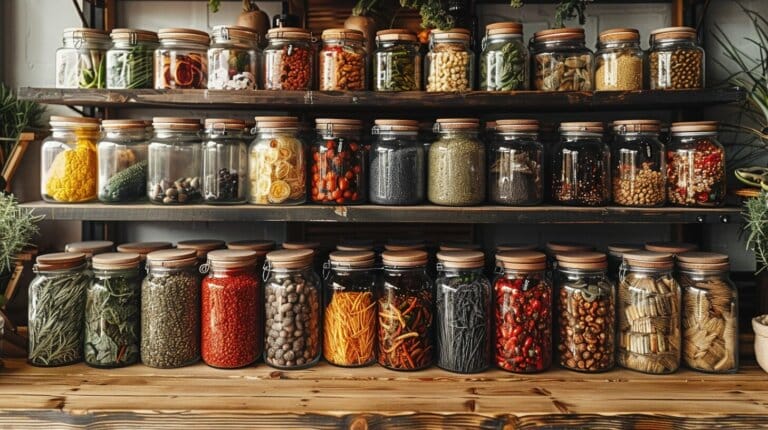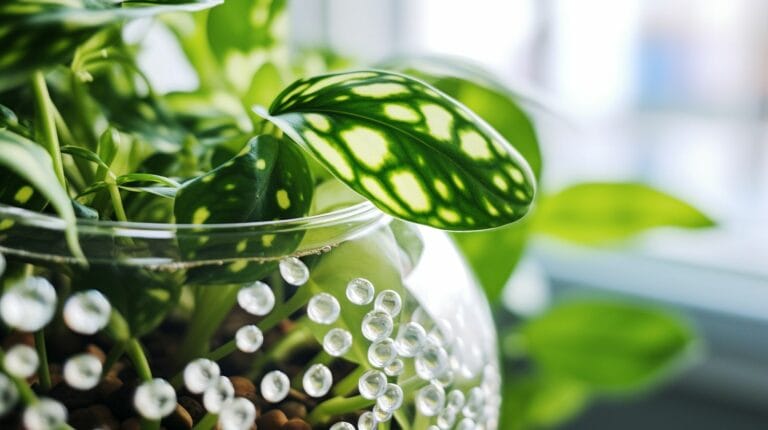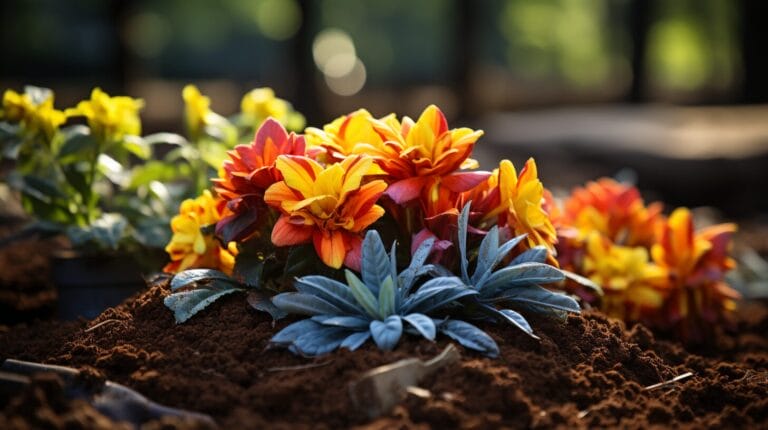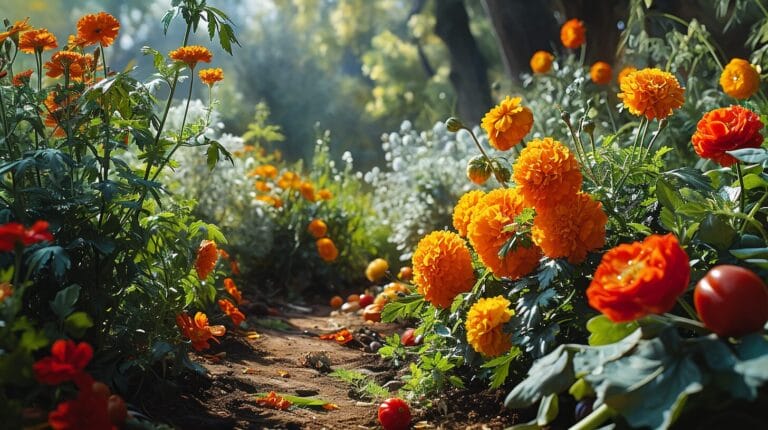Do Tomato Plants Need To Be Pollinated: A 2024 Guide To Hand Pollinate Tomatoes
Is pollination necessary for tomato plants? Let’s discover the truth!
In your garden, tomato plants seem self-sufficient, but you might have noticed not all blossoms turn into fruit. Despite providing water, nutrients, and protection, one critical aspect may be missing: pollination.
Understanding hand pollination could be the key to unlocking your tomato crop’s full potential. This guide will show you how to ensure your plants thrive and produce a bountiful harvest.
Key Takeaways
- Tomato plants are self-pollinating, as they contain both male and female reproductive parts.
- Environmental factors such as temperature and humidity can affect the self-pollination process of tomato plants.
- Some tomato varieties, especially heirloom and beefsteak varieties, may benefit from hand pollination to increase fruit yield.
- Hand pollination can mimic the actions of wind and bees, ensuring that each flower receives sufficient pollen for successful fertilization.
Understanding The Pollination Process in Tomato Plants

Tomato plants are unique in that they self-pollinate. The male and female reproductive parts, anthers and stigma respectively, are within the same flower. Successful pollination relies on viable pollen reaching a receptive stigma, germinating, and fertilizing the flower.
Outdoor plants usually get enough wind or bee activity to transfer pollen, but indoor or sheltered plants may require your intervention. Gently tapping the stem or using a soft brush to transfer pollen can help.
The Influence of Environmental Factors on Tomato Pollination
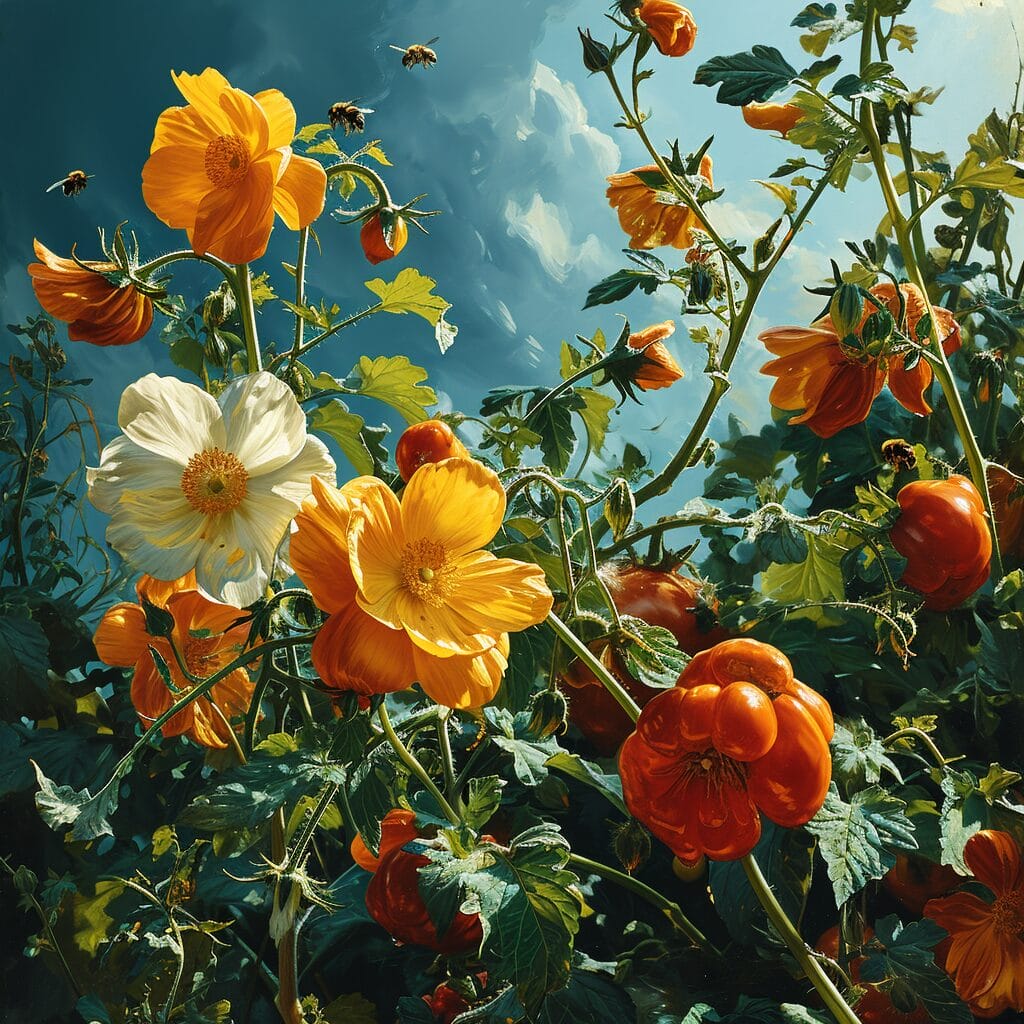
Environmental conditions heavily influence pollination success. Optimal temperatures range from 70-85°F, with pollen becoming tacky below 55°F and potentially sterile above 90°F. Moderate humidity is ideal, as low humidity dries out pollen, and high humidity can cause clumping.
Wind aids natural pollen dispersal, but adverse weather can limit bee activity. In controlled environments, mimicking these conditions by shaking flowering stems or using an electric toothbrush can ensure successful pollination.
Varieties of Tomatoes: Self-Pollinating Vs. Those That Require Assistance

While most tomato varieties self-pollinate and do not require assistance, certain types, such as some heirloom and beefsteak varieties, benefit from hand pollination. These may not transfer pollen as efficiently and may be less accessible to bees, requiring a gentle shake or the use of a soft brush to ensure pollination.
The Art of Hand-Pollinating Tomato Plants for Increased Yield
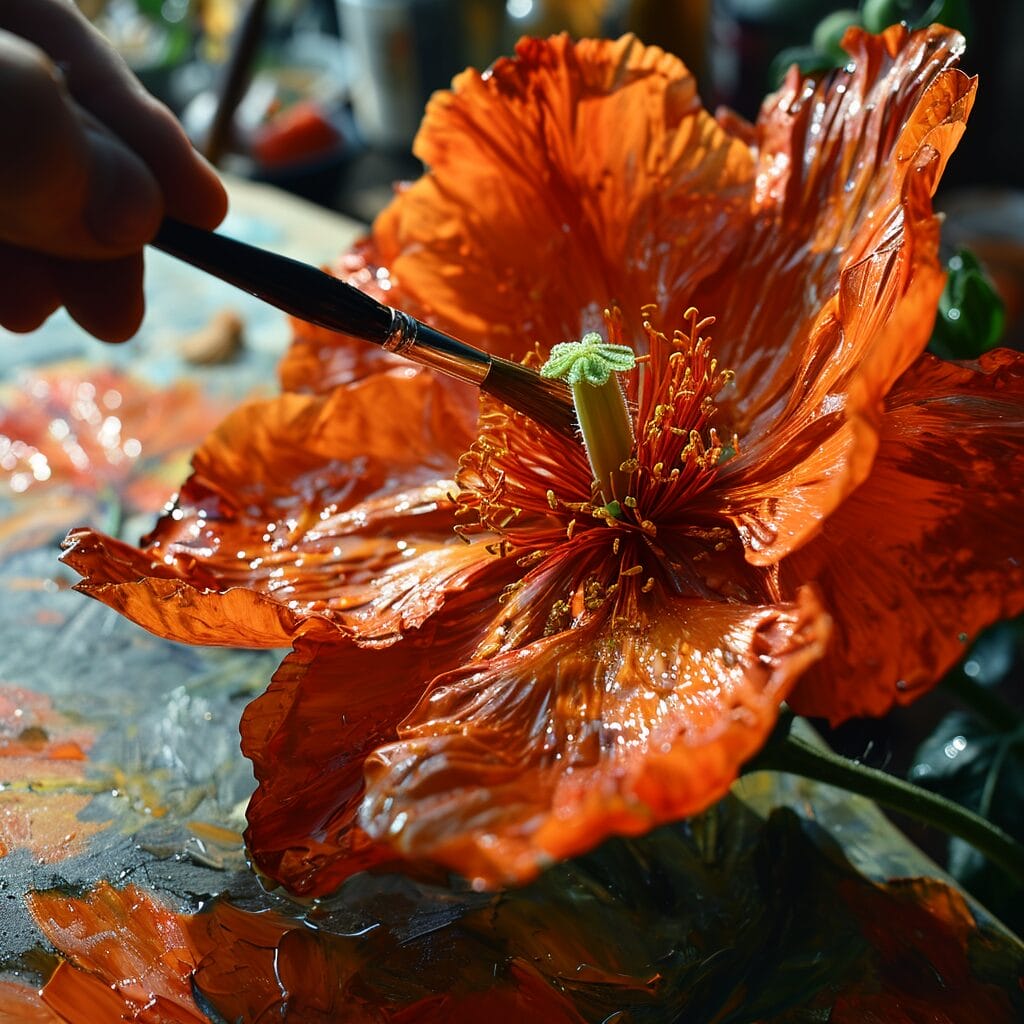
Hand pollination can increase fruit yield, particularly for indoor or sheltered garden plants. You can shake the plant, use a paintbrush or cotton swab to transfer pollen or mimic a bee’s buzz with an electric toothbrush. These methods help distribute pollen when natural pollinators aren’t present.
Monitoring and Troubleshooting After Pollination for Healthy Fruit Growth
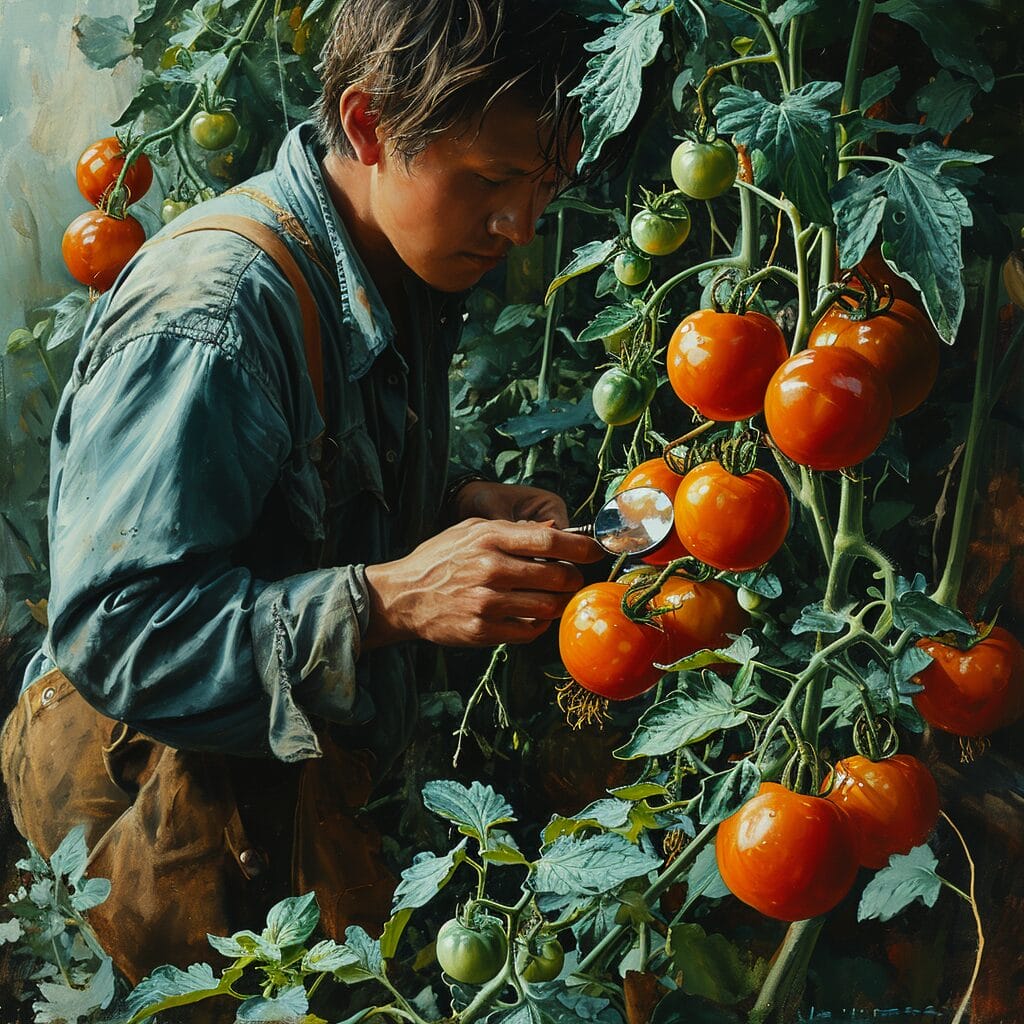
After pollination, watch for signs of successful fertilization, such as wilting flowers and emerging fruit. If a fruit set does not occur, revisit your technique, ensuring gentle yet effective pollination, and adjust your approach as needed.
Conclusion
By mastering hand pollination, you’re well on your way to an abundant tomato harvest. Keep monitoring your plants and address any issues that arise. Your efforts in pollination will bring life to your garden and reward you with a fruitful bounty. Happy gardening!
Frequently Asked Questions
Do tomato plants need to be pollinated By Hand to grow tomatoes?
While tomatoes are self-pollinating, in some instances, like when you’re growing tomatoes indoors or in a greenhouse, you may need to hand-pollinate your tomatoes to help produce fruit.
Why might I need to hand-pollinate my tomatoes?
If you’re growing tomatoes indoors or in a greenhouse, you might want to hand-pollinate because there is a lack of natural pollinators, like the bumble bee, present. By doing so, it helps ensure that the plants will produce fruit.
Can pollinating by hand damage my plants?
No, not if you do it gently. The key is to vibrate or gently shake the pollen without harming the tomato blossoms.
How often Do Tomato Plants Need To Be Pollinated By Hand In A greenhouse?
There is no hard and fast rule, but as a gardener, try to hand-pollinate your greenhouse-grown tomatoes a few times a week. This increases the chances of successful pollination and ensures that as many flowers as possible are fertilized.
Can other plants help pollinate my tomato plants?
Yes, plants like those that attract bees can support the pollination of your tomato plants. Bees are natural pollinators and great helpers in the garden, however, if you grow tomatoes indoors, you will still need to pollinate your tomatoes by hand.
Can I hand-pollinate other plants too?
Yes, many indoor or greenhouse-grown plants could benefit from hand-pollination, not just tomatoes. However, the method might vary slightly based on the plant’s individual growth habits and flower structure.

